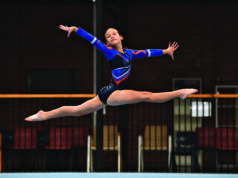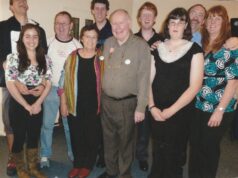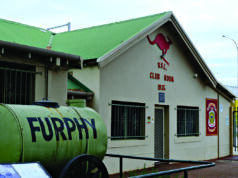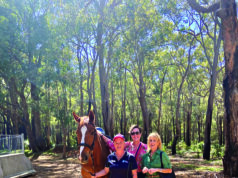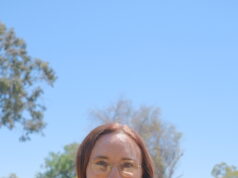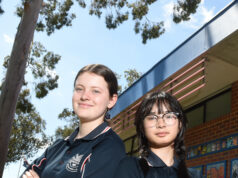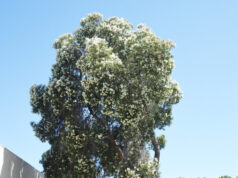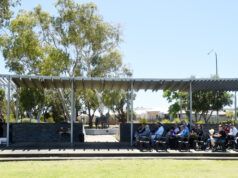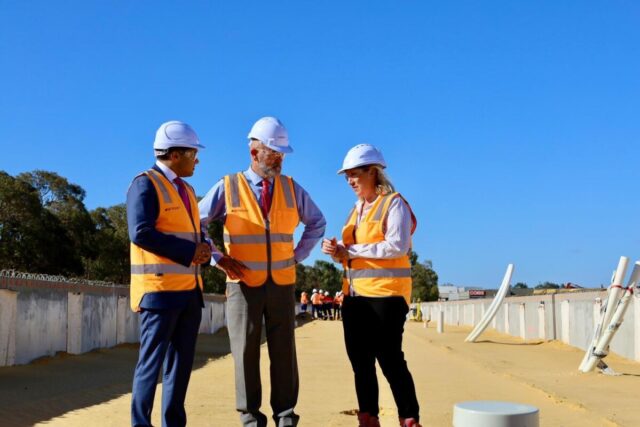
Progress is chugging along on the Byford Rail Extension project, with the rail line inching closer to getting off the ground.
More than 25 per cent of the piers have now been installed to support the elevated rail over Armadale Road, Forrest Road, and Church Avenue.
All rail infrastructure between Armadale and Byford and the rail bridges over Neerigen Brook and Wungong Brook have now been removed.
And major earthworks have started along the rail corridor in preparation for laying ballast, sleepers, and rail.
There’s also movement at the station from the other end of the line.
More than 50 per cent of earthworks for the Byford Station site have been completed, including the bus interchange and parking areas, and more than half of the walls forming the Byford Station metropolitan platform have been installed.
The piling has been completed for the eastern side of the Eleventh Road bridge, and foundations commenced for Larsen Road pedestrian bridge.
“We’ve wasted no time getting on with this project, and continue to see huge progress being made on the Byford Rail Extension which will provide much-needed improvements in connectivity while also kick-starting development opportunities,” Transport Minister Rita Saffioti said.

“It’s truly going to transform the way people commute, with a seamless 42-minute train journey to the CBD for residents in Byford and the wider Serpentine-Jarrahdale area once the Byford Rail Extension is completed.”
A new renewable diesel (HVO100) trial is about to begin in the midst of this project. Renewable diesel is an advanced biofuel made from a range of waste and purpose grown biomass sources. Unlike first generation biodiesel which requires blending with conventional fuels or modification of vehicle engines to run 100 per cent biodiesel, renewable diesel can directly substitute conventional diesel and does not require blending
The trial of renewable diesel will be a first in the Western Australian construction industry.


